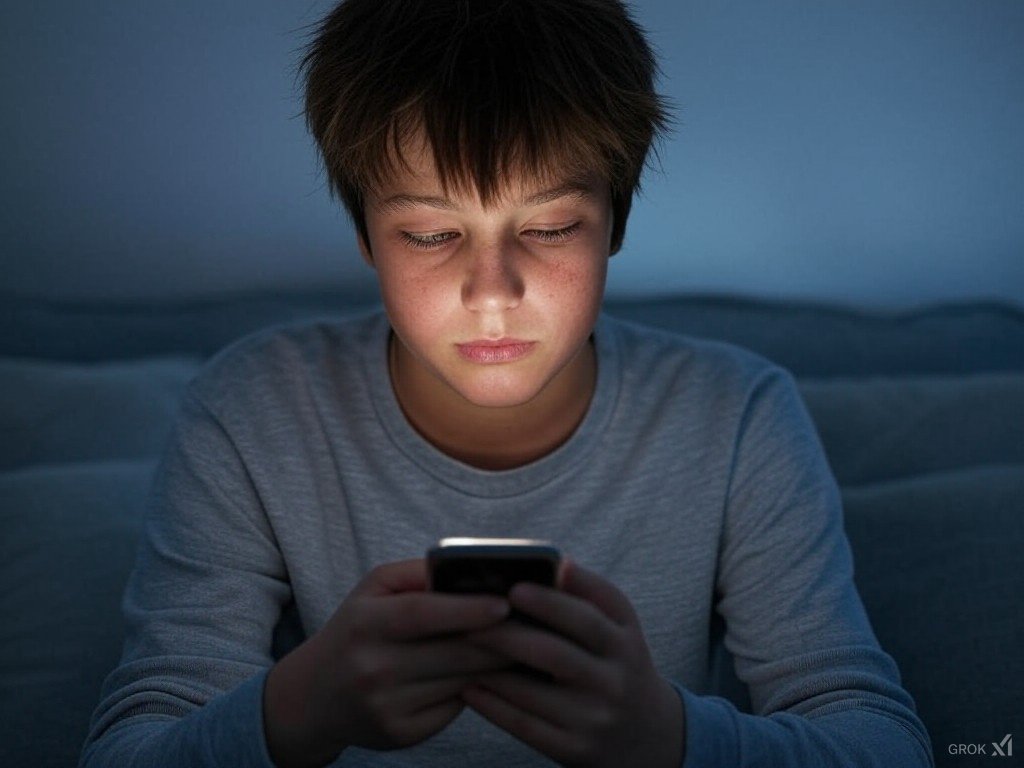In today's technology-driven world, smartphones have become an integral part of daily life, especially for adolescents. While these devices offer numerous benefits, their pervasive presence in schools has sparked debates among educators, parents, and policymakers. Recent studies shed light on the extent of smartphone use during school hours and its implications for students' academic performance and well-being.
The Prevalence of Smartphone Use in Schools
A study conducted by the Seattle Children's Research Institute, published in JAMA Pediatrics, revealed that adolescents spend an average of 1.5 hours of their 6.5-hour school day on their phones. This means that over a quarter of the school day is dedicated to activities such as texting, social media, and video streaming. The study utilized the RealityMeter app to monitor phone usage among nearly 300 participants aged 13 to 18. Notably, over 25% of the participants spent more than two hours on their phones during school hours.
The Impact on Academic Performance
The significant amount of time students spend on their phones during school raises concerns about potential distractions and their effect on learning. Research indicates that excessive smartphone use can lead to decreased attention spans, reduced retention of information, and lower academic performance. A study published in the journal Educational Psychology found that cell phone distraction in classrooms is linked to lower grades.
Global Responses to Smartphone Use in Schools
In response to these concerns, various countries have implemented policies to regulate smartphone use in educational settings. For instance, Brazil enacted a law restricting smartphone use in schools to enhance the learning environment and students' well-being. The law applies to both public and private schools, including classrooms and hallways, with exceptions made for educational purposes and accessibility needs with teacher approval.
The Debate Over Smartphone Restrictions
While some studies advocate for limiting smartphone use in schools, others suggest that such restrictions may not significantly impact students' mental health or academic performance. Research from the University of Birmingham surveyed 1,200 pupils from 30 English secondary schools and found no significant differences in mental health, academic achievement, anxiety, depression, sleep, physical activity, or disruptive behavior between pupils from schools with restrictive phone policies and those without. The researchers concluded that phone restrictions should be part of a broader approach to managing adolescent mobile phone and social media use.
Innovative Approaches to Managing Smartphone Use
Schools have adopted various strategies to manage smartphone use among students. One such approach involves the use of Yondr pouches, which employ a patented locking mechanism to prevent phone usage during school hours. While these pouches are intended to create a distraction-free learning environment, students have found ways to bypass them, such as hacking them open or using alternative devices. This highlights the challenges schools face in enforcing phone-free policies and the need for comprehensive strategies that involve students, parents, and educators.
Balancing Technology and Education
The integration of technology in education offers both opportunities and challenges. While smartphones can serve as valuable educational tools, their potential for distraction necessitates careful management. Schools can consider the following strategies to balance technology use:
- Establish Clear Policies: Develop and communicate clear guidelines regarding smartphone use during school hours, specifying when and where devices are permitted.
- Promote Digital Literacy: Educate students on responsible smartphone use, emphasizing the importance of focusing during instructional time and understanding the impact of distractions on learning.
- Encourage Teacher Involvement: Empower teachers to manage smartphone use in their classrooms, allowing flexibility to incorporate devices for educational purposes when appropriate.
- Engage Parents: Involve parents in discussions about smartphone use, encouraging them to reinforce school policies and monitor their children's device usage.
- Provide Alternatives: Offer engaging, technology-free activities during breaks to reduce the temptation for students to use their phones excessively.
As smartphones continue to play a significant role in adolescents' lives, finding a balance between leveraging technology for educational benefits and minimizing distractions is crucial. By implementing comprehensive strategies that involve all stakeholders, schools can create an environment that supports both academic success and the responsible use of technology.



